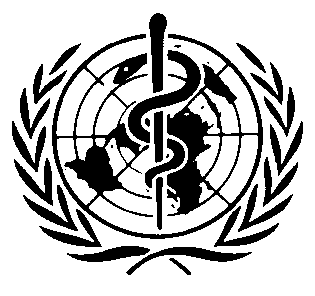International Chemical Safety Cards
| TETRAFLUOROSILANE | ICSC: 0576 |




Silicon fluoride Perfluorosilane SiF4 Molecular mass: 104.1 (cylinder) 
 ICSC # 0576
ICSC # 0576CAS # 7783-61-1 RTECS # VW2327000 UN # 1859 April 07, 1997 Peer reviewed |
| TYPES OF HAZARD/ EXPOSURE | ACUTE HAZARDS/ SYMPTOMS | PREVENTION |
FIRST AID/ FIRE FIGHTING |
| FIRE |
Not combustible.
Gives off irritating or toxic fumes (or gases) in a fire.
|
|
NO water.
In case of fire in the surroundings: powder, carbon dioxide.
|
| EXPLOSION |
|
|
In case of fire: cool cylinder by spraying with water but avoid contact of the substance with water.
|
| EXPOSURE |
|
AVOID ALL CONTACT!
|
|
| •INHALATION |
Sore throat.
Cough.
Burning sensation.
Shortness of breath.
Laboured breathing.
Symptoms may be delayed (see Notes).
|
Ventilation, local exhaust, or breathing protection.
|
Fresh air, rest.
Half-upright position.
Refer for medical attention.
|
| •SKIN |
Redness.
ON CONTACT WITH LIQUID: FROSTBITE.
|
Cold-insulating gloves.
Protective clothing.
|
Rinse skin with plenty of water or shower.
Refer for medical attention.
|
| •EYES |
Redness.
|
Safety goggles,
or eye protection in combination with breathing protection.
|
First rinse with plenty of water for several minutes (remove contact lenses if easily possible), then take to a doctor.
|
| •INGESTION |
|
|
|
| SPILLAGE DISPOSAL | STORAGE | PACKAGING & LABELLING | ||
|
Evacuate danger area!
Consult an expert!
Ventilation
(extra personal protection: chemical protection suit including self-contained breathing apparatus).
|
Fireproof.
Keep in a well-ventilated room.
|
Do not transport with food and feedstuffs.
R: S: UN Hazard Class: 2.3 UN Subsidiary Risks: 8 |
||
| SEE IMPORTANT INFORMATION ON BACK | ||||
|
||||